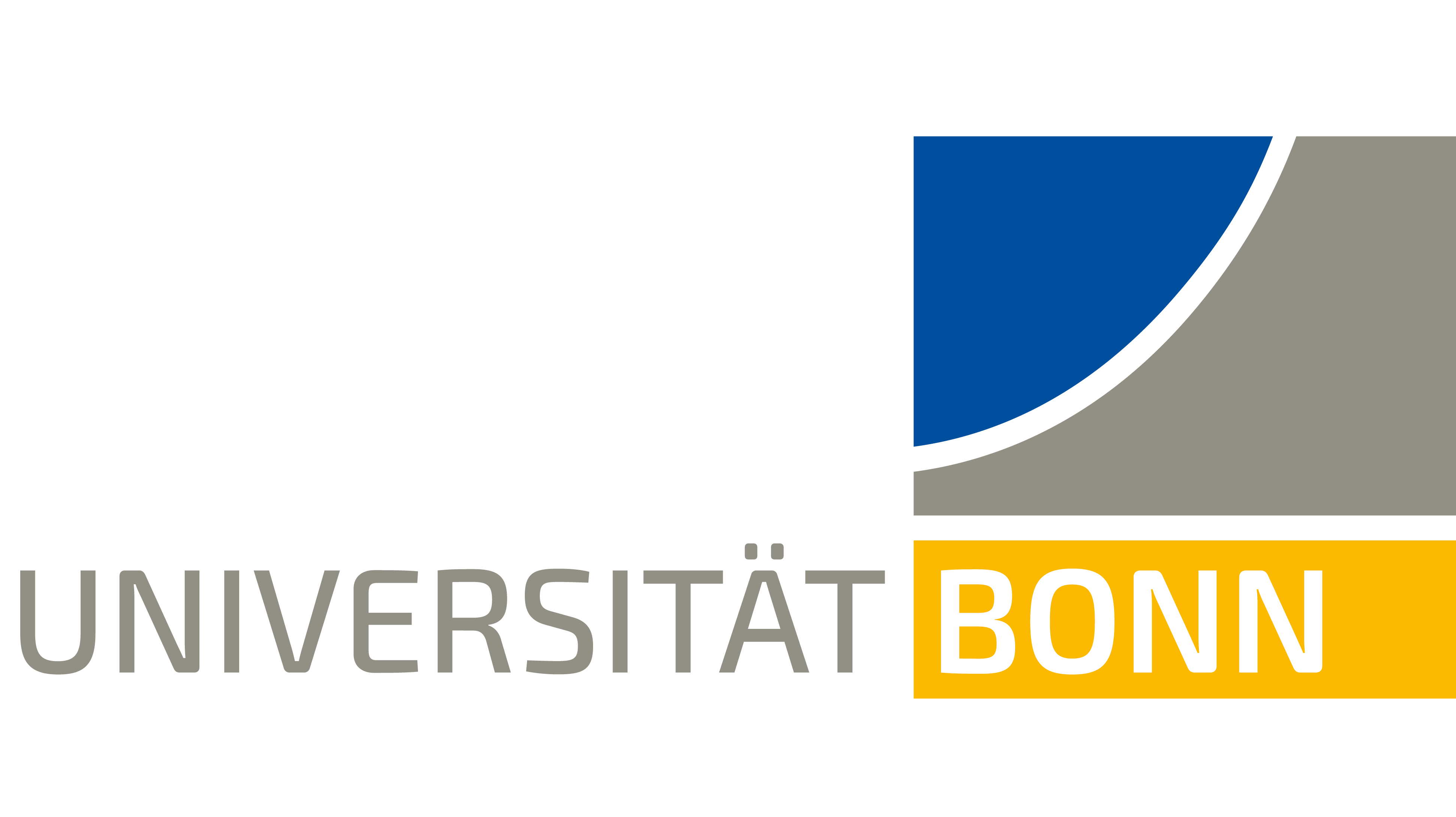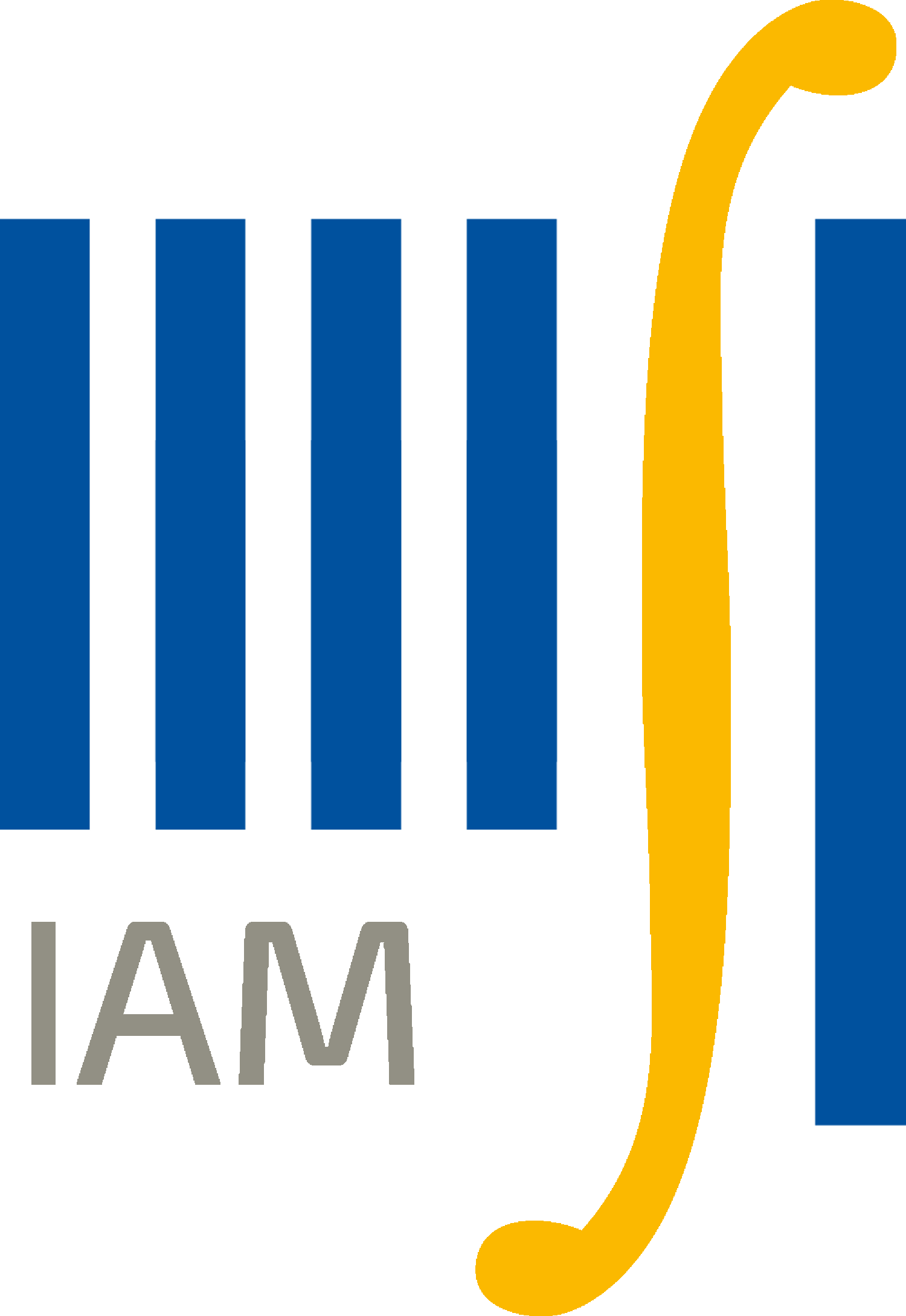Animation of an anisotropic particle system in the AKPZ class of growth models in 2+1 dimensions
This is a visualization of the model we studied in our paper Anisotropic growth of random surfaces in 2+1 dimensions.
To understand it, first we modify the visualization modus from 3D vertical to Particles original.
• Configurations.The circles represents the positions of particles in (x,n)-coordinates (n is called the level of the particle). The particles positions at time t are denoted by (xkn(t),n), for k=1,...,n, and n=1,...,Nb Particles. The particles satisfy at any time the interlacing condition, xkn+1(t) < xkn(t) <= x k+1n+1(t).
• Initial condition. At time t=0 we have xkn(0)=k-n+1, and it corresponds to the packed system of particles on the screen.
• Evolution: clocks. Each particle has two clocks, the R-clock and the L-clock, which rings all independently at rate Right jump rate and Left jump rate respectively. Moreover, one can set a number of slower particles, which will be the bottom ones (with n=1,...,Slow part nb). In that case, the jump rate of these particles are reduced by a factor Rel slow rate < 1 (but it does not have any effect if it is set bigger than one!).
• Evolution: jumps. When the R-clock (resp. L-clock) of a particle rings, it tries to jump to the right (resp. left). Whether the jump occurs, is determined only by the particles' configuration below it, namely, the jump occurs only if the interlacing condition on the levels below is still satisfied. It can happen that the interlacing condition above the particle that jumped would not be satisfied anymore. In that case, the minimal amount of particles which have to be moved to keep the interlacing structure to hold are moved by one unit too (we call it Pushing).
Other visualization modes
Particles symmetric is like Particles originalbut with a shift to keep the figure more symmetric.
3D horizontal and 3D vertical are two ways of associating a lozenge tiling which then looks like a two-dimensional surface.
Here is a larger applet.
The source code is also available.


